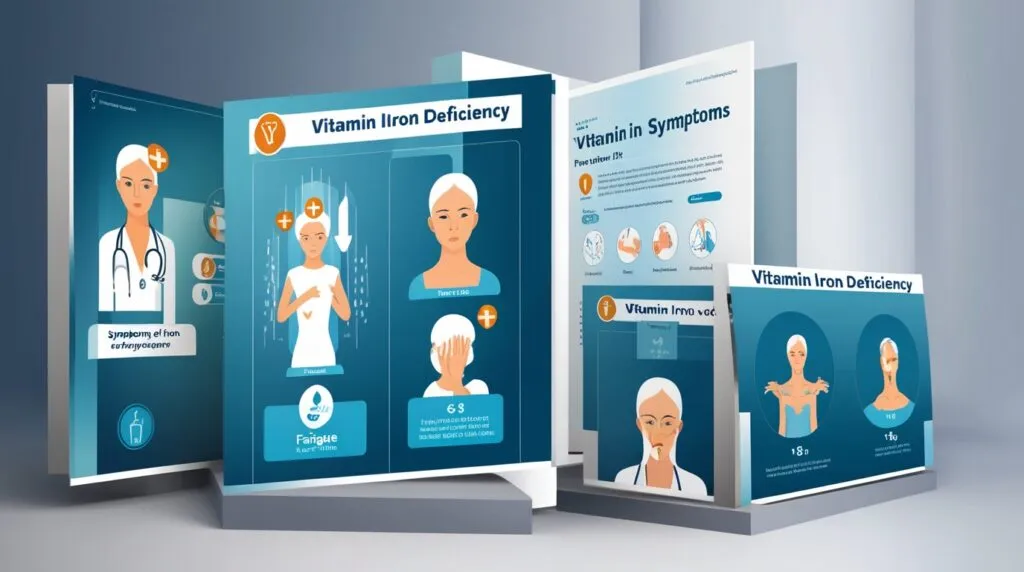
Iron deficiency is one of the most common nutritional disorders globally, affecting nearly30% of the world’s population, according to the World Health Organization. Hemoglobin functions as red blood cell protein that depends on iron to exist. The inability to transport oxygen properly marks the beginning of a series of symptoms when your body lacks sufficient iron. Early detection of these symptoms helps retard the evolution of iron-deficiency anemia while enhancing the quality of individual health.
Common Symptoms to Watch For
- Fatigue and Weakness: Persistent tiredness, even after rest, is often the first clue. Oxygen deprivation forces your body to work harder, draining energy.
- Pale Skin: A noticeable pallor, particularly in the face, nail beds, or inner eyelids, signals reduced blood flow.
- Shortness of Breath: Climbing stairs or light exertion may leave you gasping as your body scrambles for oxygen.
- Dizziness and Headaches: Inadequate oxygen to the brain can trigger lightheadedness or frequent headaches.
- Cold Hands and Feet: Poor circulation prioritizes vital organs, leaving extremities chilly. More
What happens if your iron levels are too low?
Lesser-Known Clues
- Brittle Nails or Spoon-Shaped Nails (Koilonychia): Thin, concave nails can indicate prolonged deficiency.
- Pica: Cravings for non-food items like ice, clay, or starch are red flags.
- Restless Legs Syndrome: An uncontrollable urge to move legs, often disrupting sleep.
- Mouth Changes: Sores at mouth corners (angular cheilitis) or a swollen, sore tongue (glossitis).
- Heart Palpitations: The heart pumps harder to compensate, causing irregular beats.
Who’s at Risk?
- Women: Heavy menstrual bleeding or pregnancy increases iron needs.
- Vegetarians/Vegans: Plant-based iron (non-heme) is less readily absorbed than animal-based (heme) iron.
- Chronic Conditions: Gastrointestinal disorders (e.g., celiac disease) or frequent blood loss (e.g., ulcers) impair absorption.
- Children and Teens: Rapid growth phases demand higher iron intake.
Causes Behind the Deficiency
- Inadequate Diet: Skimping on iron-rich foods (red meat, spinach, lentils).
- Blood Loss: From menstruation, internal bleeding, or surgery.
- Absorption Issues: Conditions like Crohn’s disease or gastric bypass surgery.
Addressing Iron Deficiency
Diagnosis: A simple blood test (checking hemoglobin, ferritin) confirms deficiency.
Treatment:
- Supplements: Oral iron tablets, taken under medical guidance to avoid overdose risks.
- Dietary Tweaks: Pair iron-rich foods with vitamin C (e.g., citrus, bell peppers) to boost absorption.
- Treat Underlying Causes: Managing heavy periods or gastrointestinal issues. clicki here
What food is highest in iron?

Final Thoughts
Self-diagnosis of iron deficiency may lead to wrong conclusions because this condition remains treatable. Consult your healthcare provider because symptoms of iron deficiency usually present similarly to other conditions. Pay attention to your daily diet and heed your body’s warning signs which may indicate you need to replenish essential nutrients.
Are eggs high in iron?
yes egges high in iron


